How To Use KineMaster? (Complete Step By Step Guide)
Welcome to the journey of creative discovery with “How To Use KineMaster? (Complete Step By Step Guide),” your ultimate roadmap to mastering the art of video editing. This guide is a treasure trove for both novices and seasoned creators, simplifying the complexities of KineMaster into easy-to-follow steps. As you explore these articles, you’ll unlock the secrets of crafting visually stunning stories and transforming raw footage into captivating masterpieces. From basic cuts to advanced effects mivi editor, each chapter unfolds new skills and techniques, guiding you through the exciting world of KineMaster with clarity and ease. Get ready for your creative potential and bring your unique visions to life, one frame at a time.
How To Use KineMaster? Step By Step Guide
Step 1: Download and Install KineMaster
Read: Play store link KineMaster app
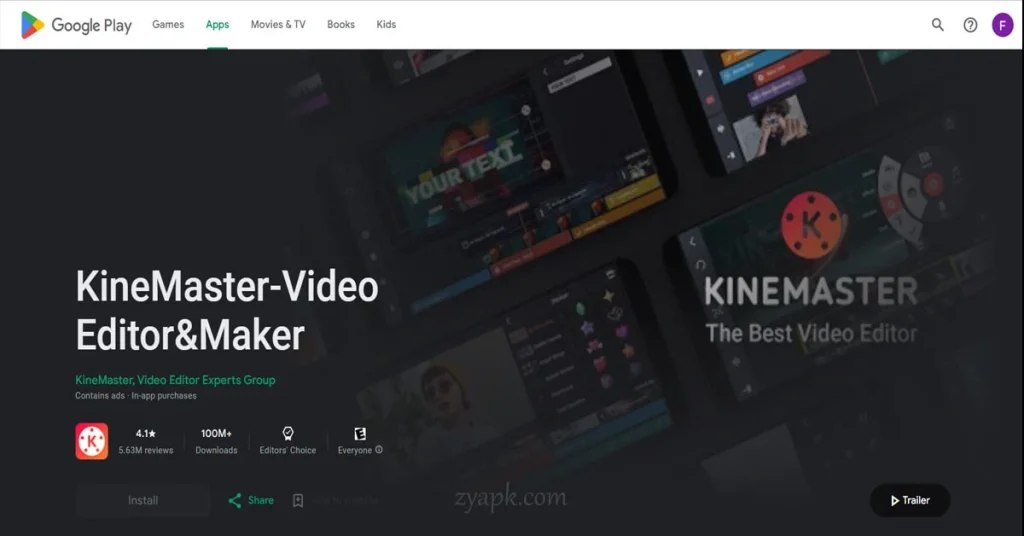
Step 2: Create a New Project
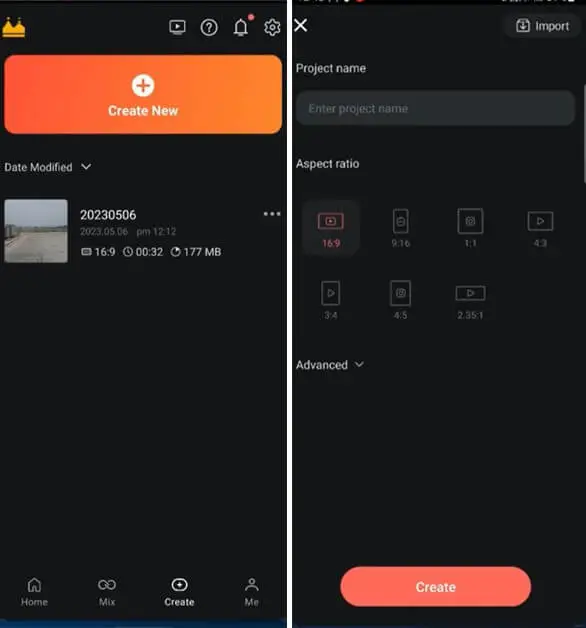
Step 3: Importing Media
Read: How to Make Slow Motion Video in KineMaster
Step 4: Editing Basics
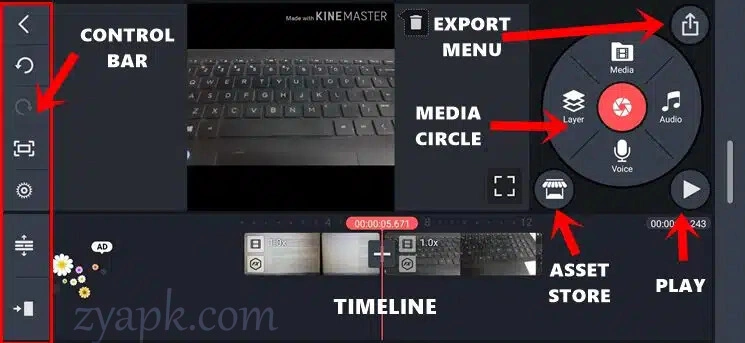
Step 5: Adding Transitions and Effects
Step 6: Working with Audio
Step 7: Adding Text and Titles
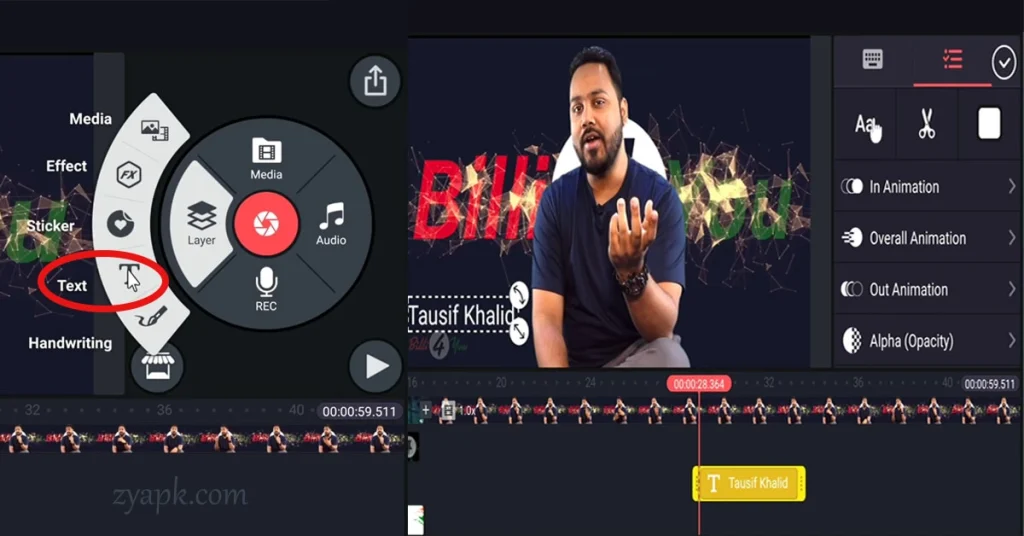
Step 8: Exporting Your Video
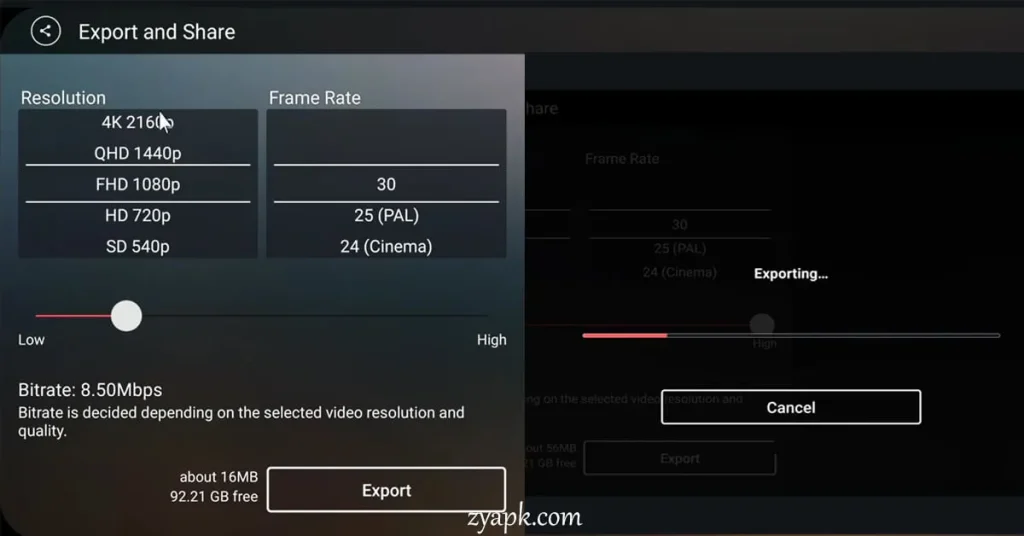
Step 9: Continuing to Learn and Explore
FAQ
Conclusion
KineMaster emerges as a compelling tool for anyone keen on getting into the art of video editing. Its intuitive design, paired with a suite of professional-grade features, makes it accessible for beginners yet powerful enough for seasoned editors. Through this guide, we’ve explored the essential steps to navigate and harness KineMaster’s capabilities, from basic editing to advanced effects. The journey with KineMaster is one of endless creative possibilities, where each function and feature opens new doors for storytelling. As you continue to explore and experiment, KineMaster stands ready to transform your creative visions into captivating video narratives.
